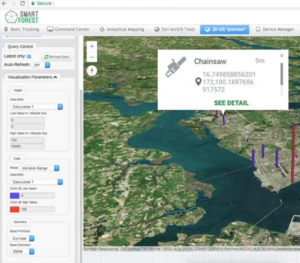

Our client is a large, American Fortune 200 multinational financial services corporation that caters to customers across various industries. With millions of transactions processed daily, the company’s existing traditional data warehouse proved to be challenging to keep up with the increasing demand for data processing, analytics, and reporting. To address this, the company decided to migrate its data warehouse to a modern Big Data architecture.
The existing data warehouse faced several problems, including:
To address these challenges, the client decided to migrate to a modern Big Data architecture. The new architecture, designed by the Quantilus team, included the following features:
The migration to a modern Big Data architecture provided several benefits to the company, including:
The migration from a traditional data warehouse to a modern Big Data architecture enabled the client to improve its data processing, analytics, and reporting capabilities. The company handled its growing data needs, responded quickly to changing business needs, and reduced costs. The new architecture provided the foundation for continued innovation and growth, enabling the client to stay competitive in a rapidly-changing market.
WEBINAR